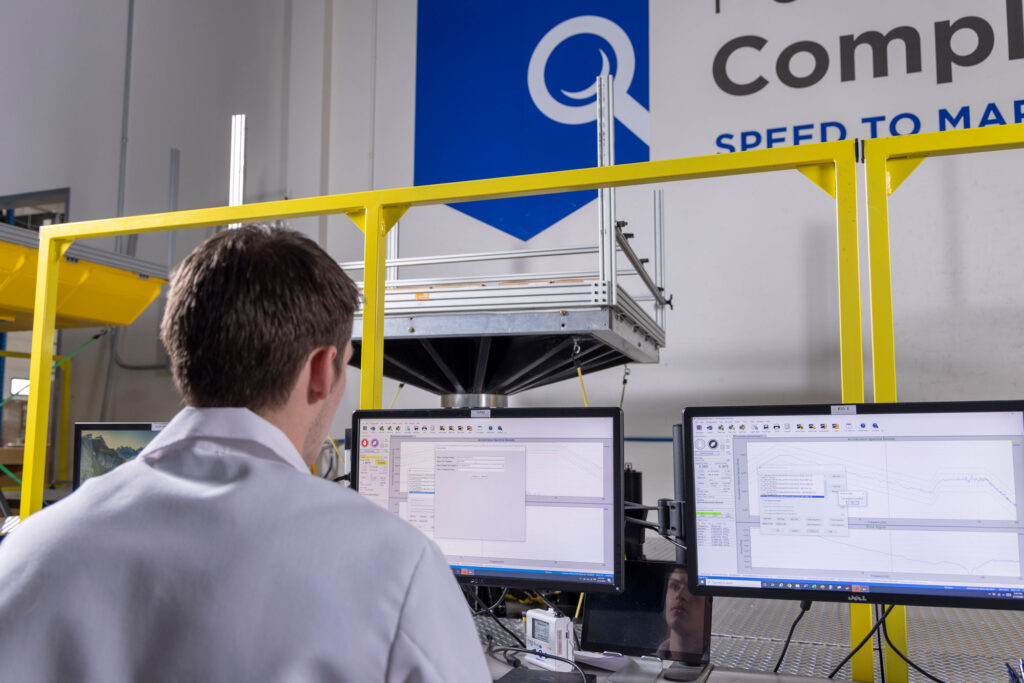

We can all agree that packaging process validation is crucial to ensuring medical devices reach patients safely and function properly. After all, the most innovative medical device is useless, potentially even lethal, without sterile packaging. But from the manufacturing floor to the ER, variables abound. It can be daunting to determine what to test, let alone how to validate efficiently. This is why identifying the limits, the “worst case” of medical packaging safety is not just essential to meeting guidelines – it’s paramount to focusing your whole process. Without a systematic approach, defining worst case can be a murky, meandering process.
While ISO 11607 provides a significant amount of packaging validation guidance, there is ample room for interpretation. The ambiguity and overwhelming amount of information often leads to a ”catch-all” approach to packaging validations that can increase project cost, extend timelines, and introduce additional risk.
An alternative method to testing everything is to determine the worst-case device and packaging system and focus your testing efforts on those areas. Like finding the corner pieces of a puzzle, understanding the worst-case scenario can frame the picture and guide your approach. “Worst case is all about starting with a quality mindset,” Ryan Ott, Vice President of Quality at Packaging Compliance Labs explains. “You want to make sure your testing challenges the right factors without overburdening the process.” Beyond compliance, understanding the worst case enables focused testing, efficient resource use, and precise risk mitigation.
So, how do you take the guesswork out of determining worst case?
This can be a tricky process, even for an experienced medical device designer or packaging engineer. Determining “worst case” isn’t always a no-brainer because it’s based on intuitive design, logic, and engineering expertise. More often than not, a systematic framework of considerations is helpful. Rooted in both product reliability and product design best practices, “worst case” determination is a method of evaluating risks by considering the four distinct phases from creation of the device to its use: Manufacturing, Shipping, Storage, and Usability.
Contrary to common misperception, worst case is not always specific to an individual product. In reality, worst case often considers different variations within a product family, like size or product count. In these instances, it is sometimes best to take a “bookend” approach and test the extreme limits of the product family. This could consist of testing both the smallest and largest devices or the highest and lowest count offerings.
We must also consider that our defined worst case may change as new products are introduced into an existing line or family. For example, introducing a larger size into a product line may redefine the worst case and necessitate retesting for the product family.
Key Considerations for Packaging Process Validation Worst Case Determinations
For each phase of packaging validation, we’ve identified the worst case scenario, key testing variables, and what to test.
1. Manufacturing
● Worst Case: Largest pouches or trays are typically harder to seal consistently. Similarly, large medical devices may not leave much sealing area, which can potentially lead to open seals or product caught in seals if operators aren’t paying close attention.
● Variables: Cleanroom conditions, variability in materials, process controls, and sealing parameters like time, temperature, and pressure.
● What to Test: Ensure packaging materials and processes produce consistent, reliable sterile barrier systems, even under challenging conditions. Test the ability to form and seal the largest pouches while maintaining package integrity.
2. Shipping
● Worst Case: Heaviest items strain load capacity, while the smallest items risk excessive motion, jeopardizing barrier integrity.
● Variables: Sterilization methods and intended doses. Shipping methods (truck, boat, air, rail), climate extremes, and packaging configurations (individual boxes or pallets).
● What to Test: Evaluate the packaging system’s ability to maintain sterile barrier integrity and protect the product during transit, including compression, vibration, and drop testing. Assess performance for the heaviest items and/or smallest items, and configurations with excess headspace.
3. Storage
● Worst Case: Extreme humidity and temperature changes cause material degradation, compromising packaging integrity.
● Variables: Storage environment variables, and long-term durability.
● What to Test: Validate packaging performance over the product’s shelf life, including material integrity and sterility under simulated real-world conditions like humidity and temperature fluctuations. Conduct accelerated aging studies using ASTM formulas.
4. Usability
● Worst Case: The largest and smallest configurations should still be considered here, as well as geometry that can affect presentation (e.g. a round canister may have a tendency to roll off of a table when removed from its package system).
● Variables: Usability tends to focus on more “real world” scenarios, meaning that normal production processes (i.e. sealing at nominal) as well as the routine sterilization process should be utilized. Aseptic opening requirements and user handling can also be considered.
● What to Test: This can vary from product line to product line and the requirements currently specified in ISO 11607 are somewhat limited. The owner of a usability study should consider what’s important in terms of ease of use and access for the end user along with any patient safety concerns.
Now what?
By leveraging this systematic approach to risk assessment, you can adopt a quality mindset that enables strategic decision-making in your sterile packaging validation process.
Still have questions? Reach out to meet with one of our packaging professionals!
______________________________________________________________________________________________________________________________________
Additional Tools and Resources
PCL’s 4 Pillars of Packaging Validation
Validation Calculators: Tools for accelerated aging (e.g., ASTM formula)